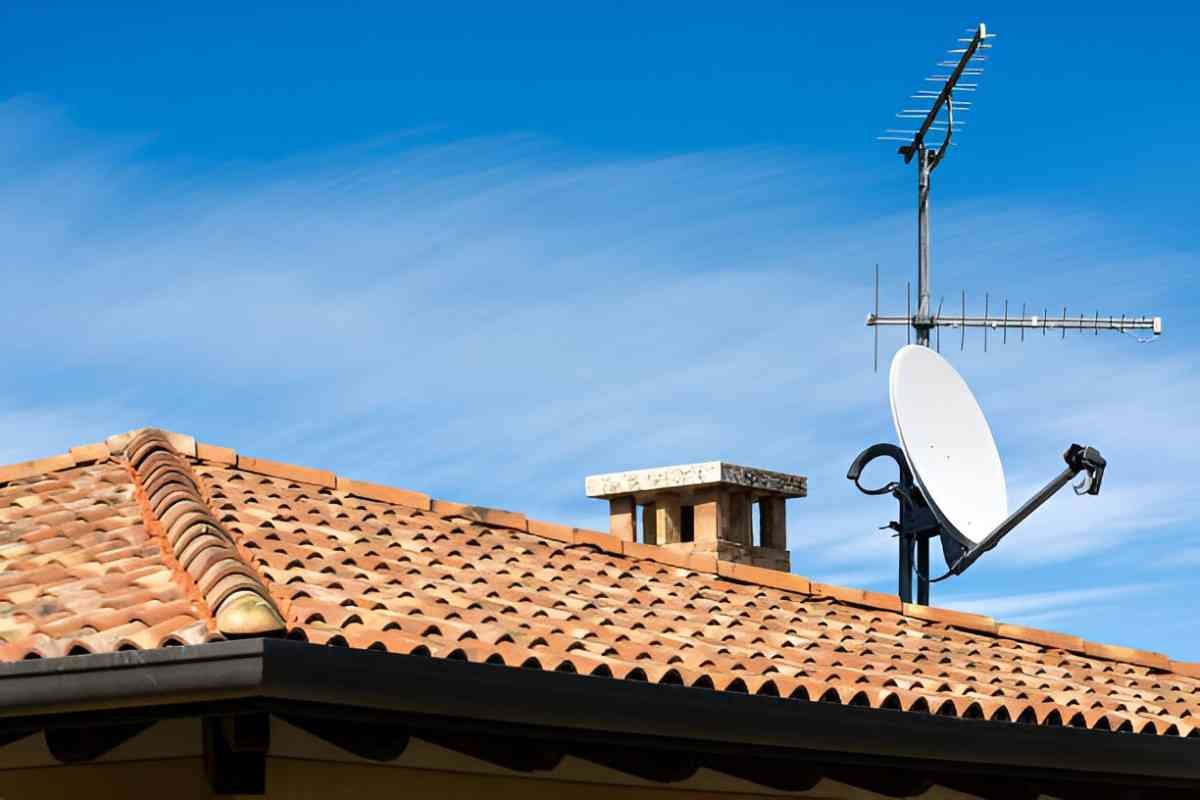When I first decided to cut the cord and make the switch from cable TV to over-the-air (OTA) TV, I quickly realized that choosing the right antenna was key. It wasn’t as simple as just picking up any antenna off the shelf. There’s a surprising amount of variety in the world of OTA antennas, and I needed to find one that would deliver strong, reliable signal reception without all the frustration.
If you’re like me and trying to find the best OTA antenna for your needs, this guide is for you. I’m going to break down everything you need to know about antennas—types, features, installation tips, and my personal experiences to help you make an informed choice.
Table of Contents
Why Go for an Over-the-Air TV Antenna?
Before we dive into choosing the best antenna, it’s important to understand why you might consider an OTA antenna in the first place. The most common reasons people make the switch include:
- Cutting the cord: Many people are moving away from expensive cable or satellite subscriptions in favor of free TV signals.
- Cost-effective solution: With an OTA antenna, you can watch major broadcast channels like ABC, CBS, NBC, and FOX without paying a monthly fee.
- Improved signal quality: Depending on where you live, an OTA antenna might provide better picture quality than cable or satellite services.
I found that with a good antenna, I could access all my local channels in crystal-clear HD. In fact, I’ve had much better reception than with cable or satellite TV, especially during bad weather.
Types of Over-the-Air TV Antennas
Not all OTA antennas are created equal. In fact, they come in a few different types, each with its own set of pros and cons. Let me walk you through the most common types:
1. Indoor Antennas
Indoor antennas are small, compact, and ideal for those who live in apartments or homes where the antenna doesn’t need to be installed outside. These are the most popular options because they are easy to set up and don’t require special installation.
- Best for: People who live in urban areas or places with strong broadcast signals.
- Example: A simple flat-panel antenna that can be placed on a shelf, window, or wall.
2. Outdoor Antennas
Outdoor antennas are larger and designed to be mounted on a roof or outside wall. They tend to have a better range than indoor models, which makes them ideal for people who live farther away from broadcast towers or in rural areas.
- Best for: Suburban or rural areas where the signal strength might be weaker.
- Example: A large, directional antenna that can pick up signals from a wider area.
3. Amplified Antennas
Amplified antennas are available in both indoor and outdoor varieties. These antennas come with built-in amplifiers to boost signal strength. While they can help if you live in an area with weak reception, they may not be necessary if you already get a good signal.
- Best for: People living far from broadcast towers or in areas with weak signals.
- Example: A flat-panel antenna with a small amplifier that boosts reception.
4. Directional vs. Omnidirectional Antennas
- Directional Antennas: These antennas pick up signals from one direction. If you know where the broadcast towers are located, a directional antenna can be very effective. I found this useful in my case since I’m close to a tower.
- Omnidirectional Antennas: These antennas receive signals from all directions. They’re great if you’re unsure of where the towers are located or if you need to pick up signals from multiple directions.
Key Features to Consider When Buying an Over-the-Air TV Antenna
Choosing the best antenna involves understanding what features matter most. Here’s what I considered when making my decision:
1. Range
The range of an antenna refers to how far it can pick up signals. The range is typically listed in miles, and it varies depending on the type of antenna and your environment.
- Indoor antennas: Range is typically 20-50 miles, depending on placement.
- Outdoor antennas: Range can extend to 70-100 miles or more, especially for larger, directional models.
In my experience, if you live in a city with multiple broadcast towers, an indoor antenna with a 30-40 mile range is usually sufficient. But, if you’re in a rural area, you may need a more powerful outdoor antenna.
2. Signal Strength and Clarity
This is the most important factor. I learned that an antenna’s ability to provide a clean, strong signal is key to getting the best picture quality. An amplified antenna can help in areas with weaker signals, but in some cases, an antenna with the right directionality or placement might be all you need.
3. Build Quality and Durability
Outdoor antennas need to be durable and resistant to the elements, so I made sure to pick one that was designed for outdoor use. For indoor antennas, I preferred something sleek and unobtrusive that wouldn’t distract from my decor.
4. Ease of Installation
Most indoor antennas are plug-and-play, but some outdoor models can be a bit tricky to install. I found that an antenna with a simple mounting system made the process much easier. If you’re unsure about installing an outdoor antenna, I’d recommend a professional installer.
5. Aesthetics and Size
Not everyone wants an eyesore in their living room or on their roof. Fortunately, there are plenty of discreet and stylish antennas out there. I chose an indoor model that was thin and could be tucked behind my TV. If you prefer something more visible, there are designs that mimic modern decor or fit into your entertainment center.
Comparison Table of Common Antenna Types
Here’s a quick comparison of the most common antenna types to help you make your decision:
| Antenna Type | Best For | Range | Ease of Installation | Signal Strength | Durability |
|---|---|---|---|---|---|
| Indoor Antenna | Urban dwellers, apartments | 20-50 miles | Easy (plug-and-play) | Medium | Low (indoor use) |
| Outdoor Antenna | Suburban/rural areas, stronger signal | 70-100+ miles | Moderate (requires mounting) | High | High (weather-resistant) |
| Amplified Antenna | Weak signal areas | 30-60 miles | Easy (plug-and-play) | High | Medium |
| Directional Antenna | Specific signal direction (one tower) | 50-70 miles | Moderate (requires alignment) | High | Medium |
| Omnidirectional Antenna | Multiple signals, unknown directions | 20-50 miles | Easy (plug-and-play) | Medium | Medium |
Installation Tips for Over-the-Air TV Antennas
If you’re new to OTA antennas, don’t worry—I’ve got you covered. Here are some installation tips based on my experience:
1. For Indoor Antennas
- Place the antenna near a window or high on the wall for better reception.
- Avoid placing it near electronic devices like routers, microwaves, or other devices that can interfere with the signal.
2. For Outdoor Antennas
- Mount the antenna as high as possible, ideally on the roof or on a high outdoor wall.
- Make sure it’s pointed in the direction of the broadcast towers (for directional antennas).
- Ensure the antenna is secured tightly to prevent damage from wind or rain.
3. Signal Testing
- Once you’ve set up your antenna, scan for channels using your TV’s menu. Move the antenna around slightly to test the best reception areas.
How to Improve Your TV Antenna Reception
In some cases, you may experience issues with reception. Here are a few things that worked for me:
- Adjust the antenna position: Sometimes, small changes in placement make a huge difference.
- Use a signal amplifier: If your signal is weak, adding an amplifier might help. I used one when I was farther from the broadcast towers, and it made a noticeable difference.
- Consider an antenna rotor: If you have a directional antenna and need to adjust the direction often, a rotor (a motorized device that adjusts the antenna’s direction) can be a great investment.
Conclusion: Finding the Best Over-the-Air TV Antenna for You
Choosing the best OTA antenna comes down to understanding your environment and needs. I recommend starting by assessing how far you are from broadcast towers and whether you need an amplified or directional antenna. Take into consideration how easy the antenna is to install and how well it will blend into your home decor.
By following this guide and considering your specific needs, you’ll be well on your way to enjoying high-quality, free television. Happy antenna hunting!





